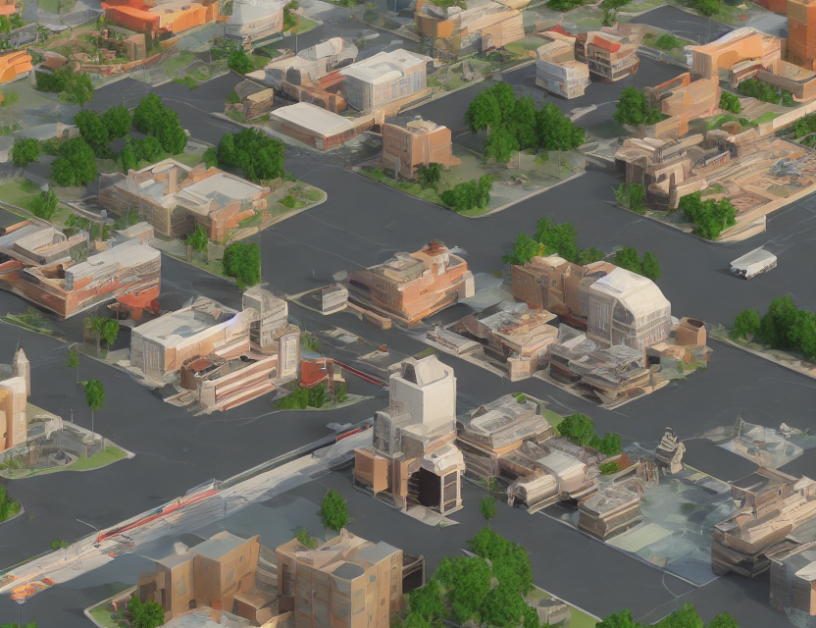Understanding Virtual Reality (VR) and Augmented Reality (AR) technologies requires demystifying their complex concepts. In this article, we will explore the basics of VR and AR, their applications, and the challenges they face in terms of data representation.
Firstly, let’s define VR and AR. Virtual reality creates a completely immersive digital environment that replaces the user’s physical surroundings. Augmented reality enhances the real world with virtual elements that blend seamlessly into the user’s field of view. Both technologies have various applications, such as gaming, education, healthcare, and entertainment.
To build VR and AR applications, developers use a variety of techniques, including low-level and high-level techniques. Low-level techniques involve processing raw input data from each source and adding meta-information to these. High-level techniques combine images and/or low-level meta-information to achieve a higher goal that is not yet a VR application on its own.
The next step in the VR process is data representation, which is crucial for efficient and effective application development. Although this step is not explicitly defined in the previous sections, inefficient data representation can be a bottleneck in VR techniques. It’s important to choose an appropriate data structure to reduce the necessity of disk lookups or complex real-time calculations, which can hinder the achievement of objectives.
In conclusion, understanding the basics of VR and AR requires demystifying their complex concepts. By focusing on everyday language and engaging metaphors, we can capture the essence of these technologies without oversimplifying them. The challenges they face in terms of data representation highlight the importance of choosing an appropriate data structure to enhance application development.
Computer Science, Computer Vision and Pattern Recognition
Comparing Representations for Efficient Video Processing



